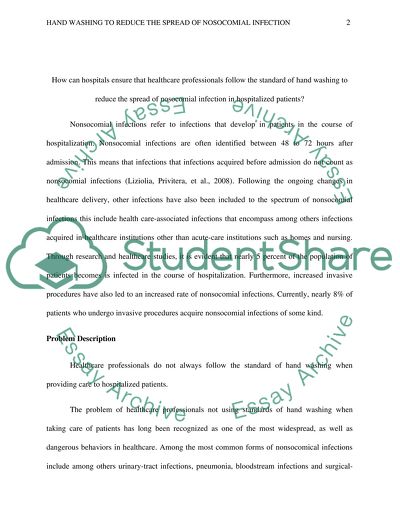Cite this document
(“Hand Washing to Reduce the Spread of Nosocomial Infection Research Paper”, n.d.)
Retrieved from https://studentshare.org/nursing/1449876-how-can-hospitals-ensure-that-healthcare
Retrieved from https://studentshare.org/nursing/1449876-how-can-hospitals-ensure-that-healthcare
(Hand Washing to Reduce the Spread of Nosocomial Infection Research Paper)
https://studentshare.org/nursing/1449876-how-can-hospitals-ensure-that-healthcare.
https://studentshare.org/nursing/1449876-how-can-hospitals-ensure-that-healthcare.
“Hand Washing to Reduce the Spread of Nosocomial Infection Research Paper”, n.d. https://studentshare.org/nursing/1449876-how-can-hospitals-ensure-that-healthcare.


